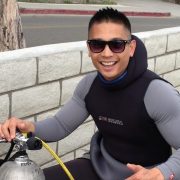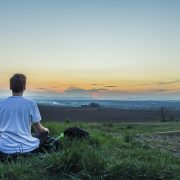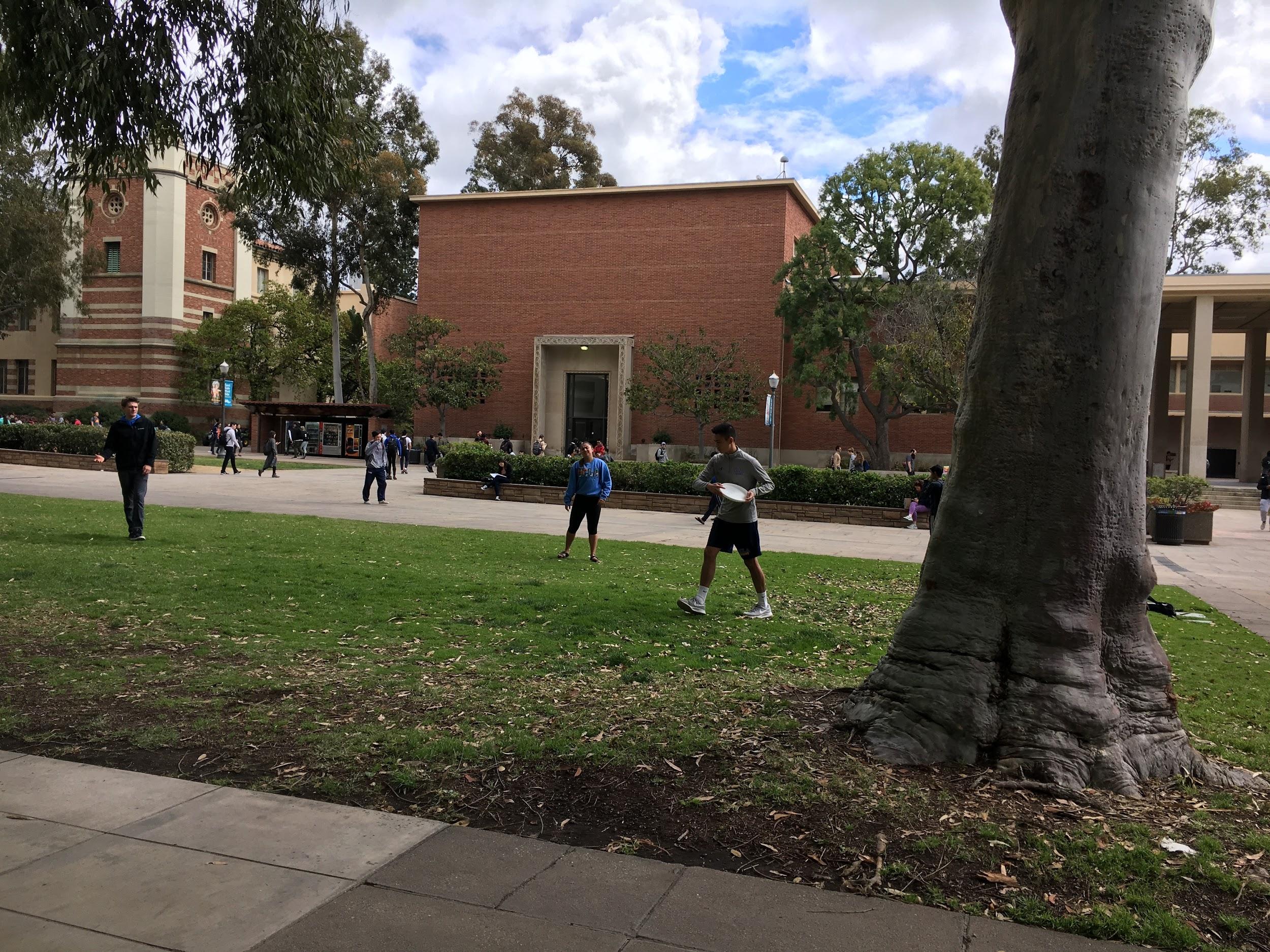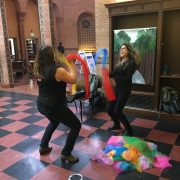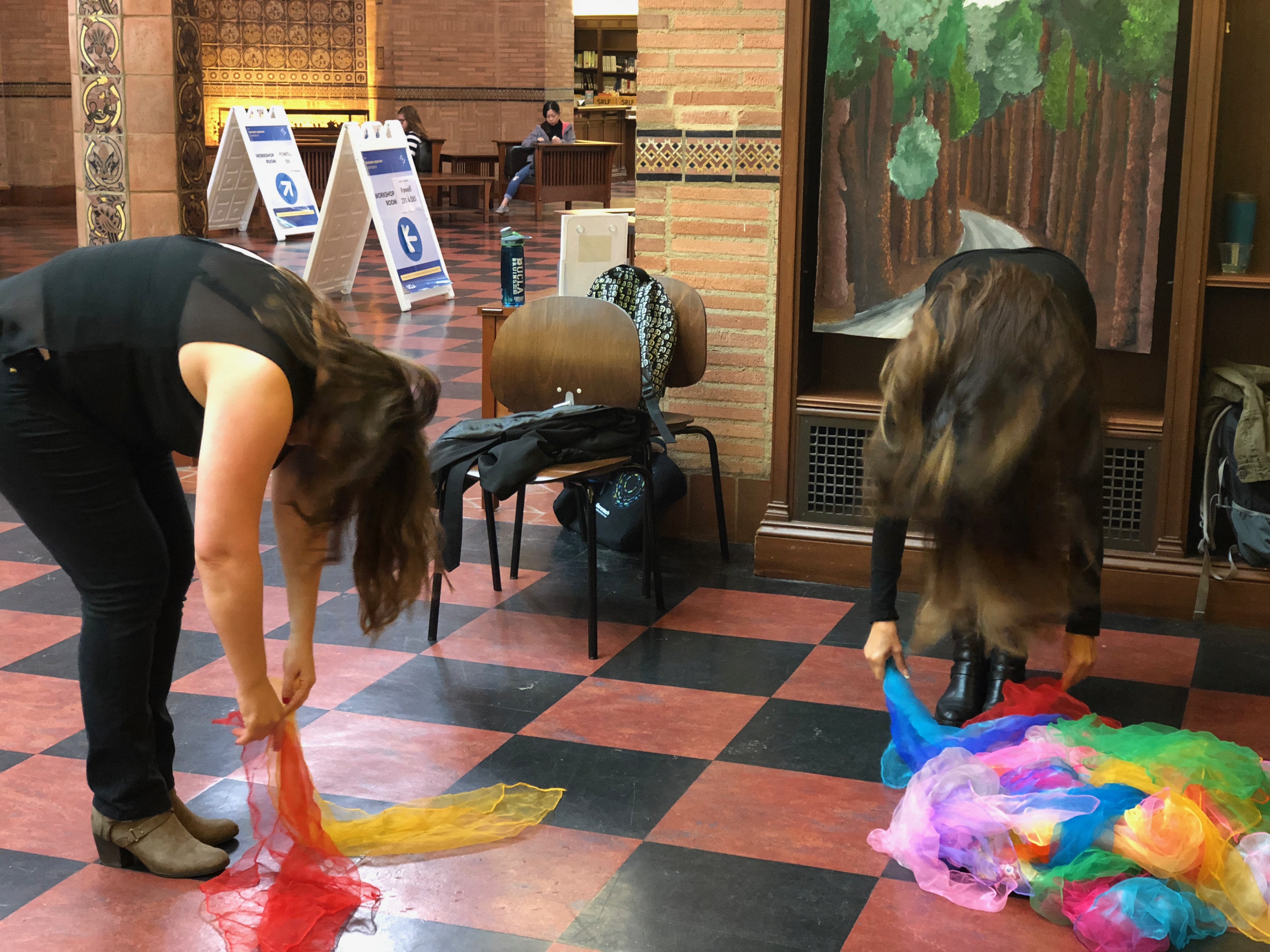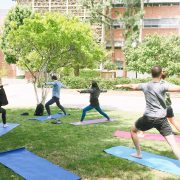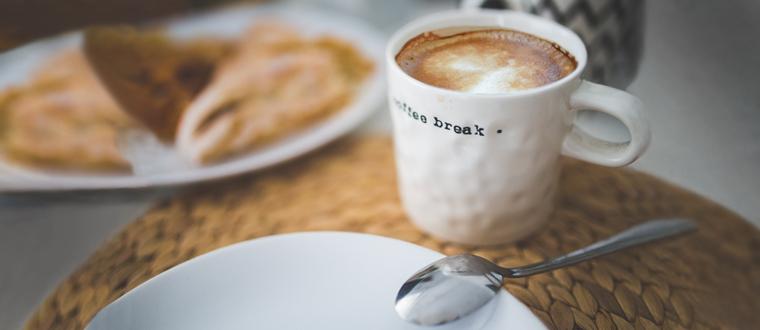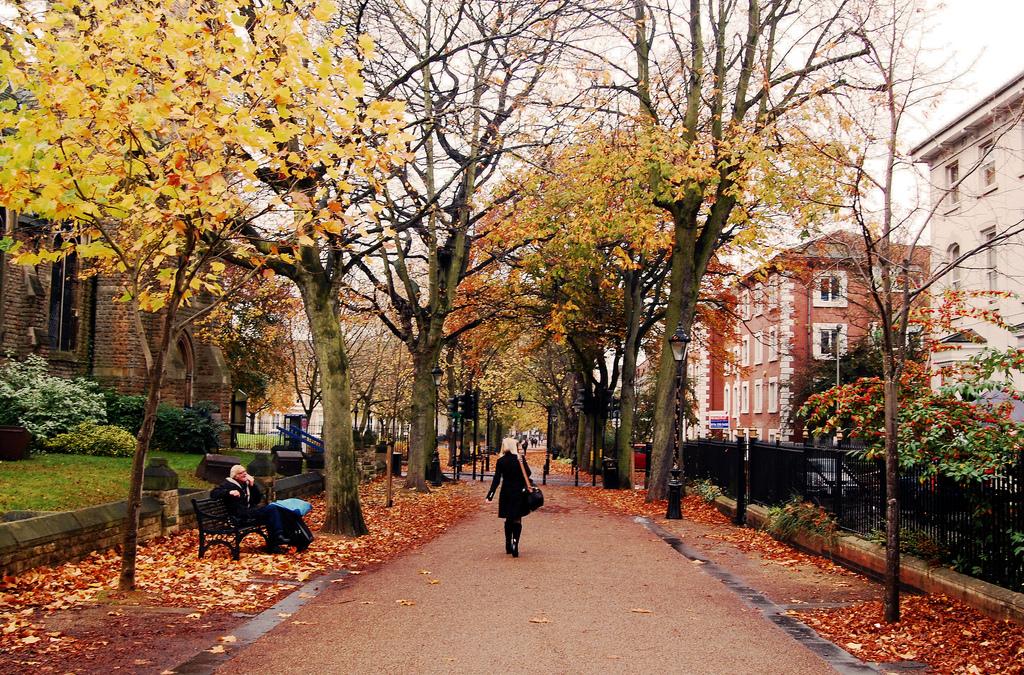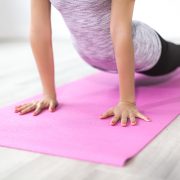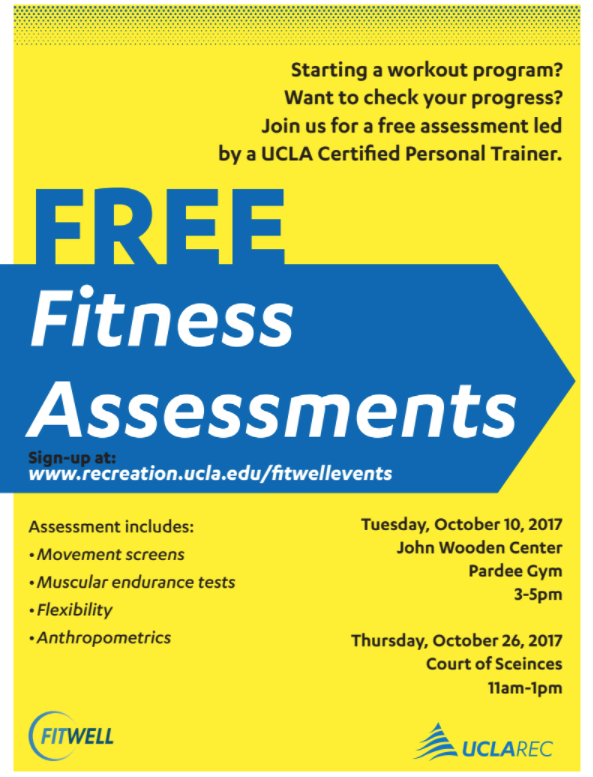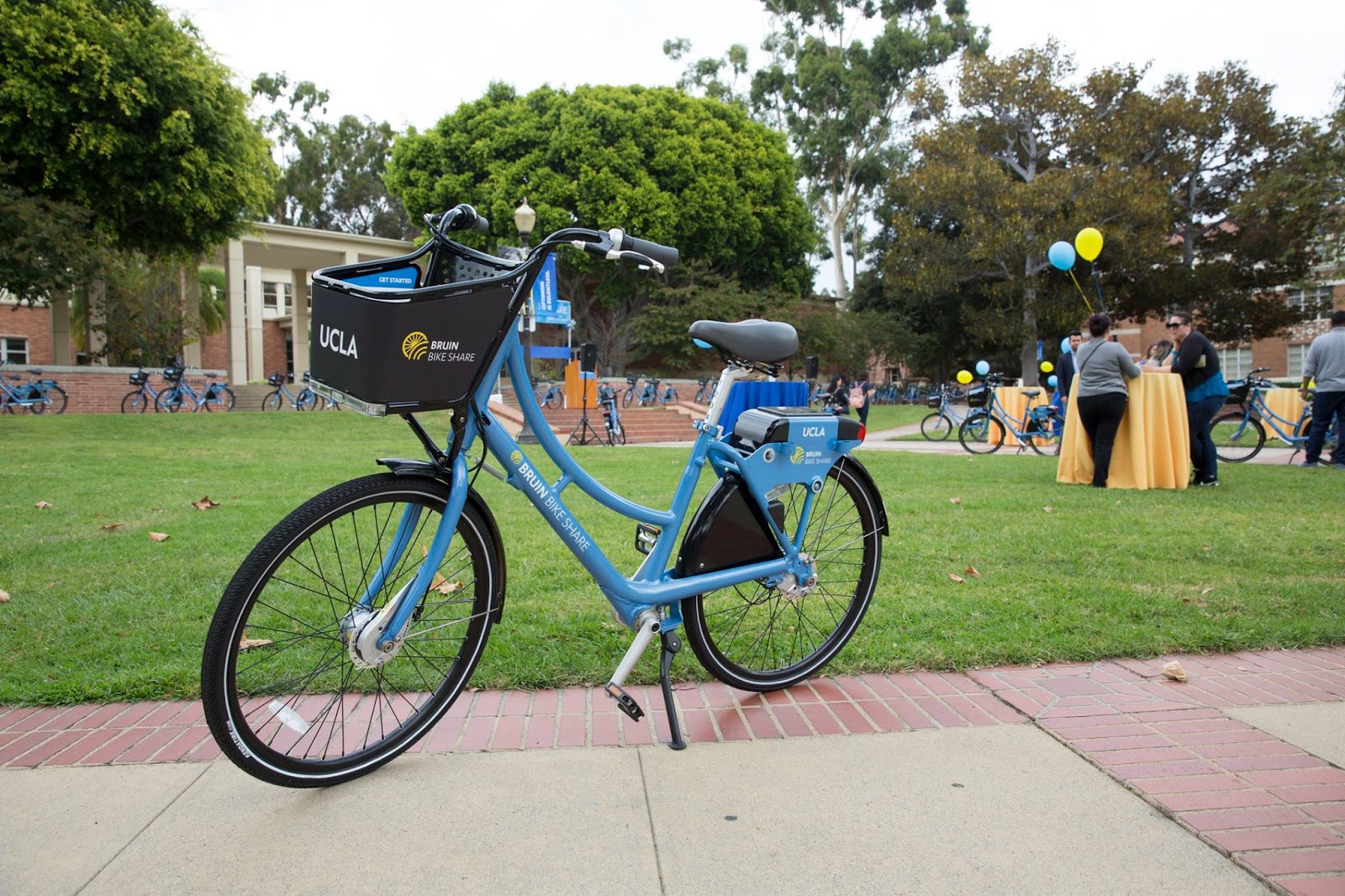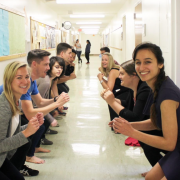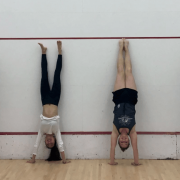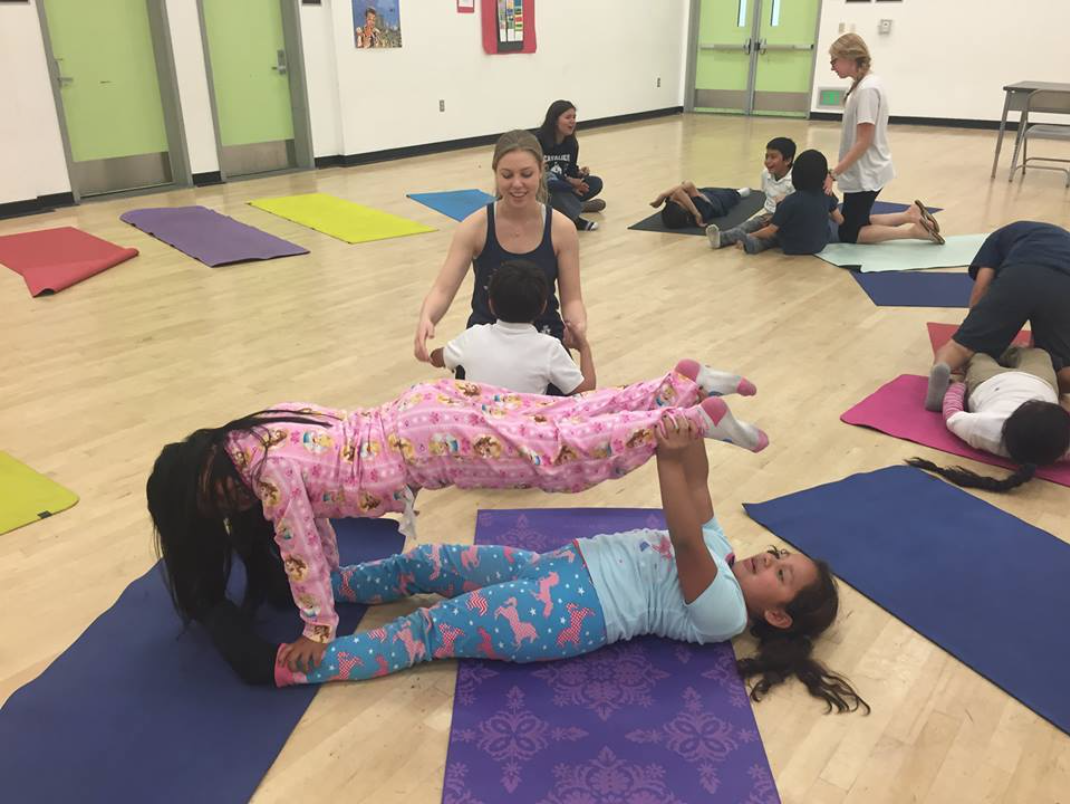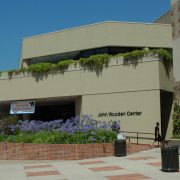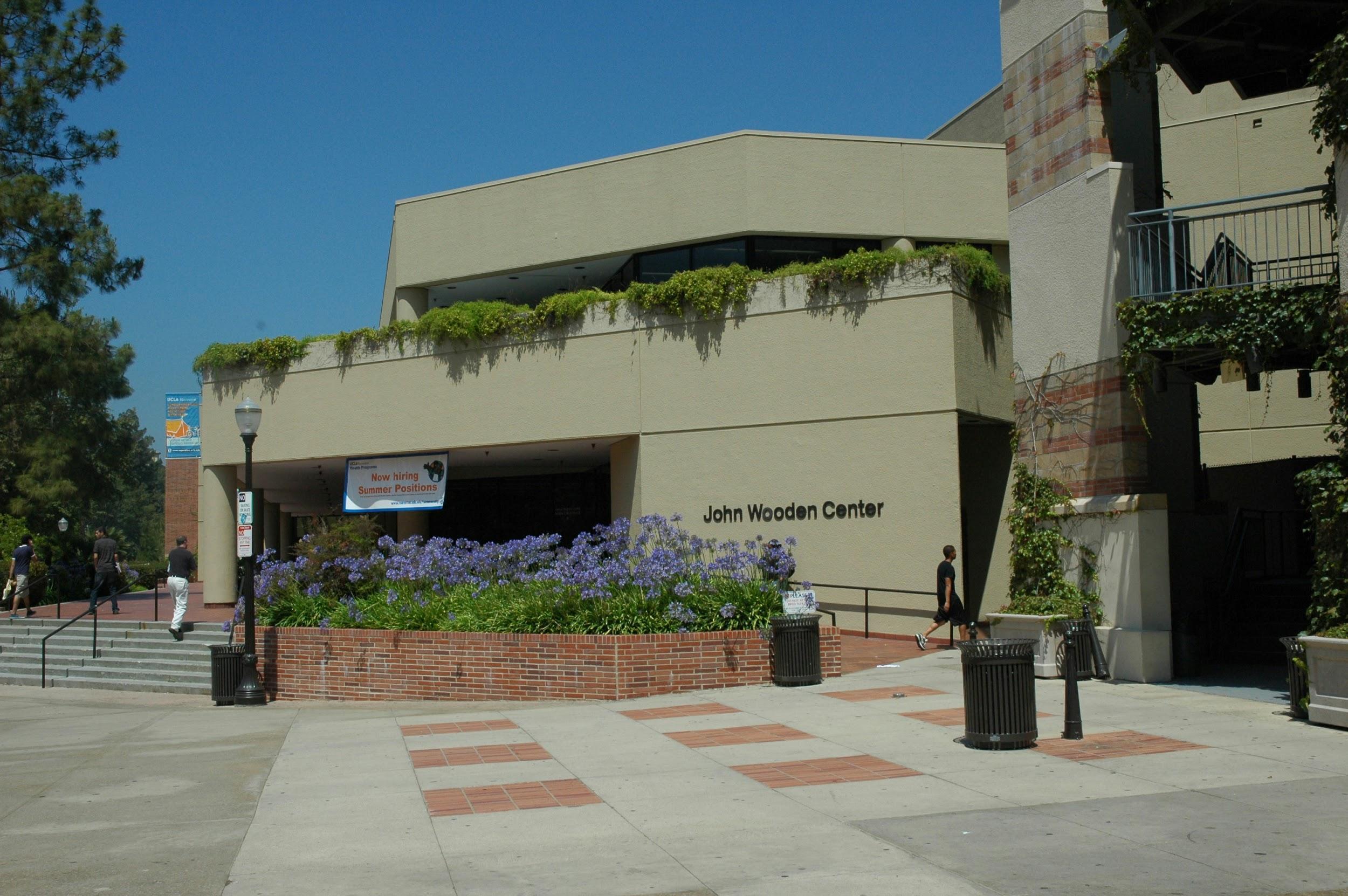Eudaimonia Society Spotlight: Ryan Arroyo
Eudaimonia is defined as: a sustained form of wellbeing that goes along with finding meaning and purpose in life or human flourishing. The Healthy Campus Initiative launched a new Eudaimonia Society in order to recognize and highlight extraordinary members of the UCLA community who live their lives with purpose and meaning while inspiring others to do the same.
Ryan Arroyo was recently nominated for the Eudaimonia Society because he is someone who inspires others through his own personal journey of growth. Ryan was the victim of two severe car accidents: one in 2001 when he was 19 and one four years ago when his heart stopped after being brought into the ER at the UCLA Ronald Reagan Medical Center, and he had to be resuscitated. Following the traumatic experience, he overcame grueling months of recovery, rehabilitation, weight gain, and mental trauma. Through it all, Ryan harnessed his hardship to cultivate an inspirational and positive spirit to help others. Ryan, now thriving, fit and healthy, shares his experience with others through volunteer service, coaching, and training to be on American Ninja Warrior for a second time.
Ryan feels eudaimonia is best represented in his life through his “unstoppable human spirit, the driving force to invoke positive change and growth both for yourself in your own life and affecting the lives of others.” He felt that he moved beyond the “mindset that I really wasn’t able to step into my greatness” and became unstoppable once he realized that ‘I am capable, I am worthy, that I am going to succeed.’”
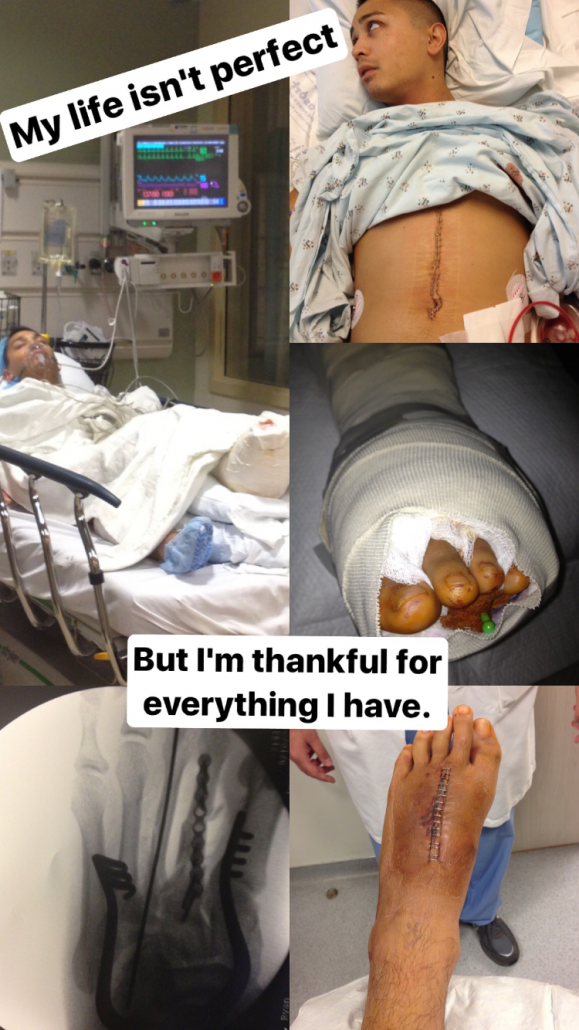
He came to this epiphany after a great soul searching. Ryan described:
“Before I got into a very severe car accident when I was 19, I was young and completely lost and I didn’t really know what I wanted to do in life. I definitely suffered from imposter syndrome but everything changed when I decided and made the commitment to pursue my passions and unique calling through courage and determination at UCLA. But it wasn’t until I started working for Teach for America that I found my passion. I was exposed to the side of working with others and helping other people find their own path because we don’t just have one specific calling in life but rather many things.”
He believes that one way that we, as individuals, can move forward is understanding the crucial role all of our experiences have on us:
“This moment we are living in and tomorrow are not guaranteed, and yesterday’s already gone; so we have to live in the moment. I realized [through] all of these experiences that it has all been priceless training. Everyday is a new challenge so we just have to make sure we are putting ourselves first but also pushing ourselves to be the best we can.”
Through his experiences and the traumas in his life, Ryan learned a lot about himself and his own purpose in his life, asserting:
“Life is all about the journey and the struggle, and always having a positive mindset can change everything. After my very severe car accident when I was 19 and my second car accident four years ago, I was temporarily disabled for a year and had to learn how to walk again, feed myself, how to open up jars, and squeeze toothpaste. By going through that whole process as a teenager and again later in my life, it opened up my eyes to the world and was definitely a blessing in disguise. When I started to understand that any mishaps are stepping stones towards my growth, I started stepping into my purpose and my greatness.”

Ryan also loves volunteering and participating in American Ninja Warrior for the past year because he’s surrounded by similarly passionate people. Ryan said,
“Whether it’s at animal shelters, working on the board of the UCLA Alumni Association, or any volunteer service, volunteers are there because they are just genuinely passionate about life. There’s also a very similar vibe at American Ninja Warrior. They are all so passionate about the art of ninja and competing. I think that’s what drew me into that bubble and environment: they are just as passionate as the volunteers that I work with, and it’s kind of how like attracts like.”
And for anyone wondering how to find your own purpose in life, Ryan advises
“Never lose that fire that drives you in your day-to-day life: the more excited about life that you feel, the more you’re going to be successful. Find what it is that sets your heart on fire, and don’t ever stop doing that. The best way to predict the future is to create it: be resourceful and be positive and watch the positive results manifest in your life.”
In concluding our interview session, Ryan wanted to give one more takeaway that he learned after facing the adversities in his life:
“The one thing the world desperately needs is love, and even though it sounds really corny, the love this world needs is what you can give. So pay that inspiration forward too: whatever you find in life that lights your soul on fire, continue to pay that inspiration forward. Success, victory, and greatness: all those three things don’t happen by accident: plan your work and work your plan, and you’ll all do great!”
Although the Eudaimonia Ceremony for this year has passed, start thinking about who you want to nominate in the fall for the 2019 Eudaimonia Society. We look forward to inducting more amazing people like Ryan into the HCI Eudaimonia Society next year.
Tiffany Hu is an undergraduate student at UCLA majoring in Microbiology, Immunology, and Molecular Genetics. She is a blogger for Move Well of the UCLA Healthy Campus Initiative. She is the Assistant Commissioner of the Student Wellness Commission. Tiffany is also the Special Projects and Alumni Coordinator of the UCLA Care Extender Internship.

